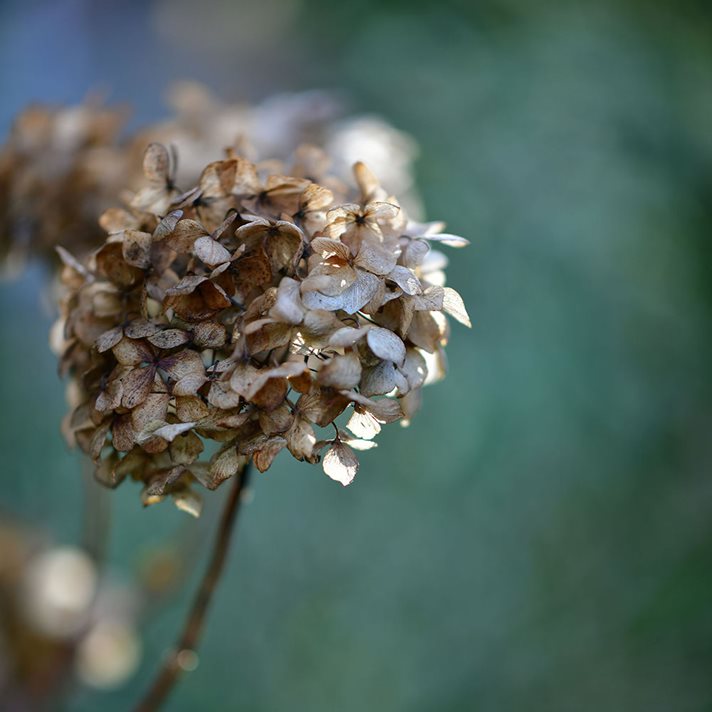The Changing Face of Our Gardens

Last year was unique, weather wise. I don’t think any of us could have foreseen the dry spring leading into a dry summer with UK temperatures hitting new records. Our gardens gasped a sigh of relief when rain finally came and then didn’t stop. Combined with a warmer than average autumn meant many plants that were forced into leaf fall early by the summer as a protective measure were then confused by the weather and did their best to provide a spring show of flowers in autumn. This was particularly common in rhododendrons and azaleas. Combined with late season flowers that just continued into December, it made for an unusual picture.
So, what does this all mean for our gardens and how might they change over time? It's important for certain stalwarts such as Lilies, Iris and Peonies to have a colder spell of temperatures. It actually promotes flowering. With winters starting later and springs beginning earlier, can we be sure we’ll have the month of temperatures at 4°C or below to promote bud development in the future? Many seeds too, like sweet peas, need a period of stratification, a winter, to break down their hard coating and allow them to germinate.
In July last year, the RHS asked 8,000 people which plants had suffered the most from the extreme heat. Amongst the top 10 listed, was roses. Top rose grower David Austin has actually now retired a few varieties, ‘A Shropshire Lad’ and ‘Munstead Wood’ amongst them due to poor performance and increased pest problems. Both species roses and floribundas cope better in drought conditions, so it would make sense to plant this type of rose as a replacement.
Phlox, ferns and hydrangeas also featured on the list. Although not totally drought tolerant, Hydrangea quercifolia fares much better in heat than H. macrophylla. This stems from the fact it is native to the south eastern United States rather than eastern Asia where H. macrophylla is from. It always pays to do a little bit of homework about the native environment of a plant before placing in your garden. I certainly have made a few changes in my garden and will continue to do so over time, replacing plants that are struggling with more drought tolerant choices.